Costa Rica unplugged
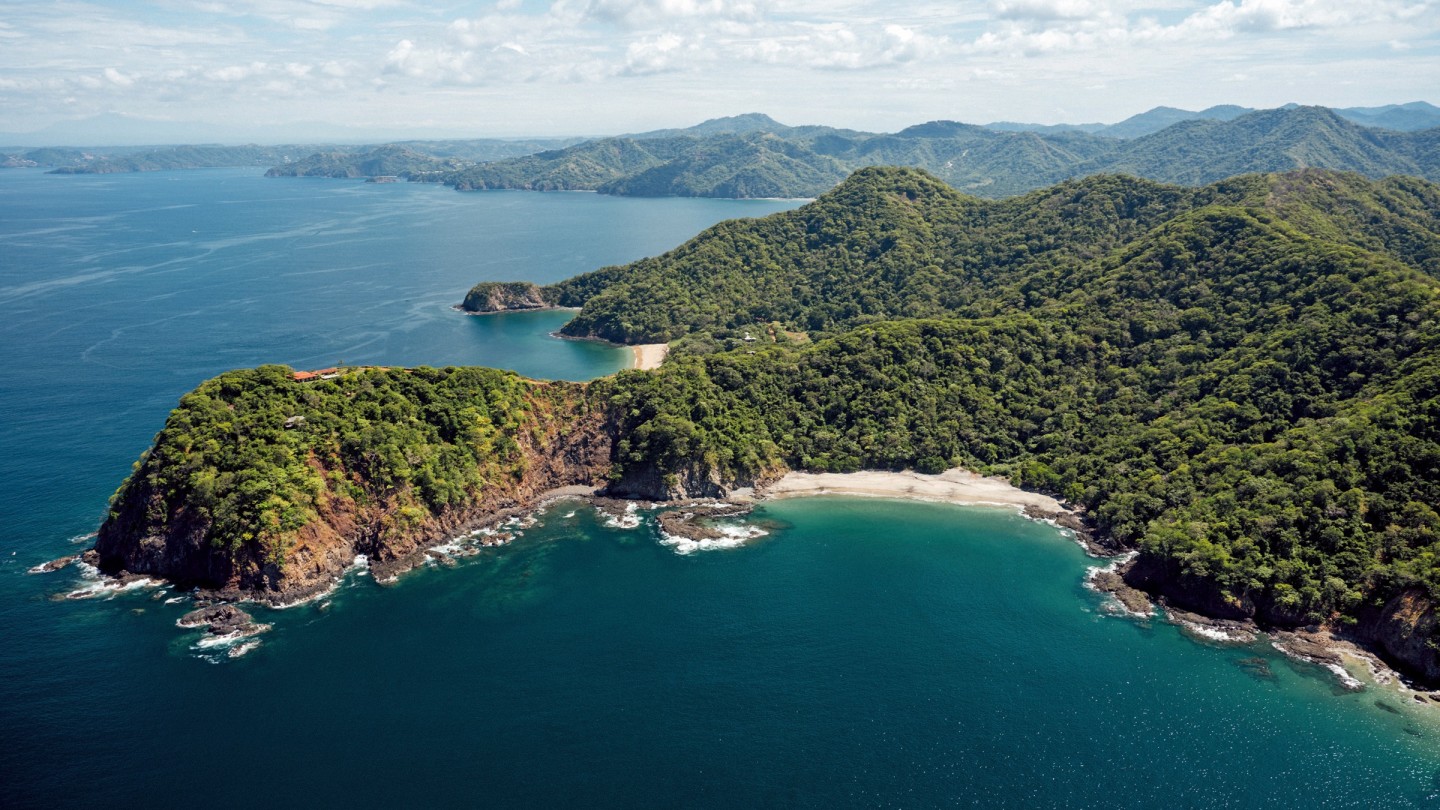
Roula Khalaf, Editor of the FT, selects her favourite stories in this weekly newsletter.
Travel and travel planning are being disrupted by the worldwide spread of coronavirus. For the latest updates, read the FT’s coverage of the outbreak
The forest ridge, with its bromeliads and hardwoods, its vines and leafy scrub, splits the morning light, each finger reaching down to the beach below. The bay is soon washed with pink – a Pacific blush that has turned the clouds into balls of candy floss. The jungle – among the last swathes of primary tropical “dry” forest on Latin America’s western flank – switches from black to electric green.
Brown pelicans swoop in from the craggy rocks, their bellies almost grazing the surface of the ocean; the pop and crackle of insects, and the hollow hoots and barks of howler monkeys echo out of the canopy behind. A school of eagle rays is hunting near the rocks, grinning from cheek to cheek. Not wanting to catch one with a clumsy foot, I push off into the water where it’s clearest – a sheltered pool where the waves seem to draw themselves in and out with an extra pause, as if giving me more time to spot the rays’ polkadot-spattered backs.
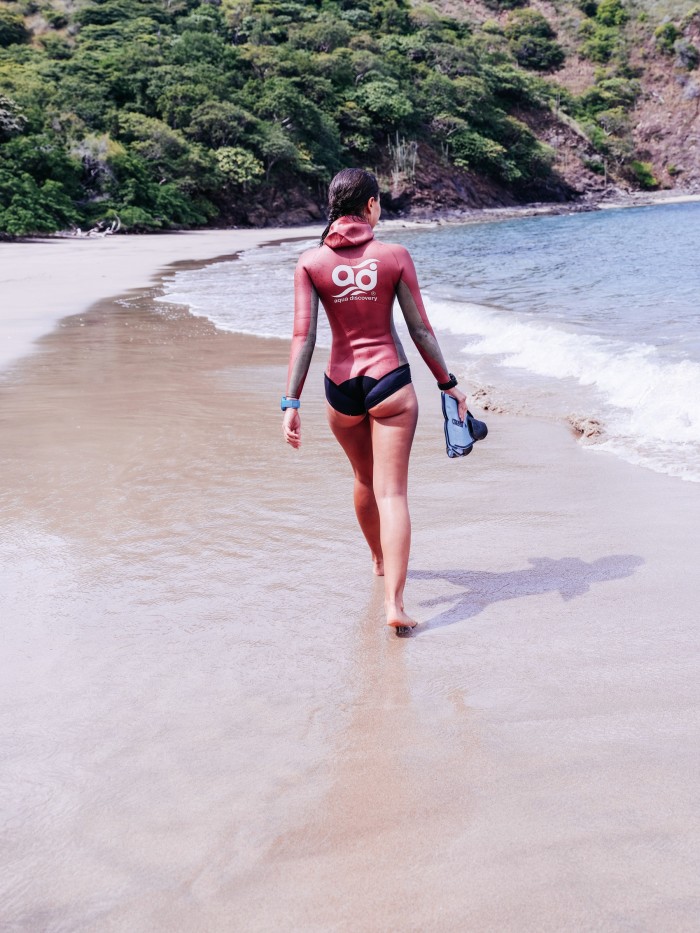
Each day, I swim the width of the bay – a broad, 500m-long strand of soft, hot sand. I am west of Costa Rica’s stretch of the Pan-Am Highway, south of the Nicaraguan border, among the dramatic curls and ridges of the Gulf of Papagayo. On the other side of the bay, beyond the naked eye, lie the golf greens shared by a clutch of five-star hotels that make up the manicured version of Costa Rica – the part well loved by the country’s North American visitors, who account for more than half of its international tourist arrivals. They fly in direct to Liberia, the capital of Guanacaste province, from Los Angeles, Houston, Miami and New York.
That side of Costa Rica – or “Coasta Rica”, as the moniker runs out here – is not my style. I don’t play golf. I don’t like putting my children into kids’ clubs. I would rather eat local barbecued fish than burger and fries. I want to hear the insects, not the sound of them being sprayed. That’s why I’ve opted for a lodge called Kasiiya Papagayo, opened in 2018 by a Moroccan-French entrepreneur, Mehdi Rheljari, and his wife, Kenza Baddou. It is a 45-minute drive from Liberia airport, in the opposite direction to the golf resorts, down a dirt track (“Bad roads bring good people,” remarks Rheljari). I’m intrigued, given the conversation I’d had not so long ago with a high-profile British family trying to book a beach holiday in Costa Rica. They wanted somewhere elegant and soulful. They wanted the Americas, but not an Americanised experience (no big chains or busy resort pools). In Costa Rica, they claimed they’d found nothing except in Santa Teresa, the surfers’ hotspot further south. Its much-loved boutique resorts – Latitude 10 and Florblanca – are always full.
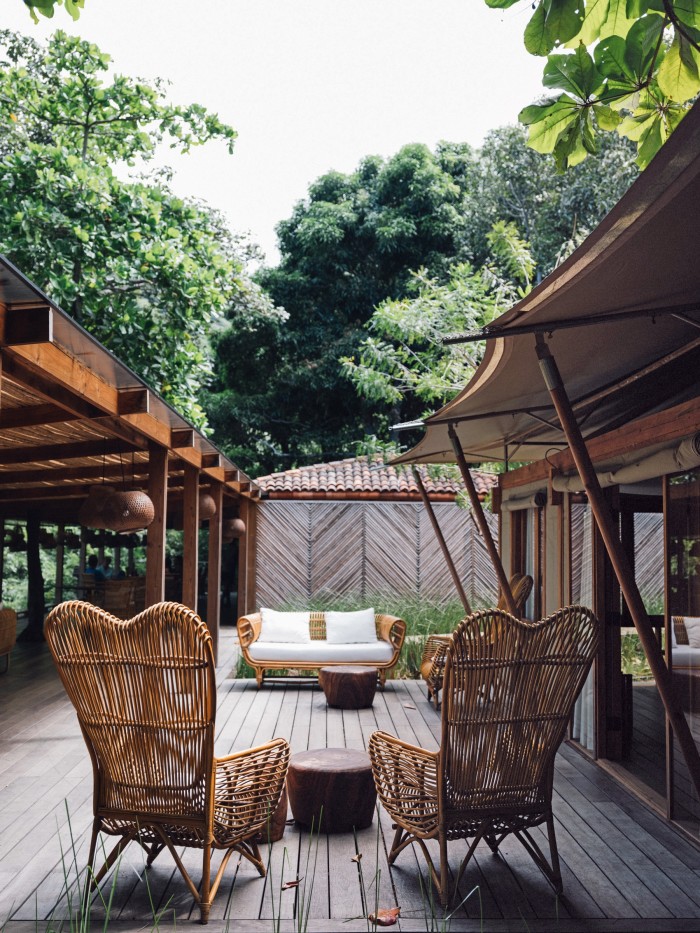
Kasiiya looked like a promising alternative. There is the primary jungle with its thriving wildlife and three great beaches amounting to nearly a mile of sand between them. There are just five rooms, sharing 55 hectares. There are no jet skis or motorised watersports, and only two choices at each meal. (“It’s not farm-to-table,” says Rheljari. “We have to source very carefully when the slash and burn by farmers is killing the forests.”)
“Kasiiya is different from anything else,” remarks Erene Heidelberger, a guest on her 13th holiday in Costa Rica who I meet on arrival. “It’s exceptionally private. When someone says, ‘Here’s your food; take it or leave it,’ we’re like, ‘Yeah, thanks.’ We don’t have to think.”
I soon feel this ease for myself. At dawn, the beach is covered in prints – birds with toes as thin as Japanese brushstrokes. Among the patterns are tiny mounds of burrowed soil, driftwood and leaf fall. Spiders’ webs are strung between low-lying branches, the silver threads gilded by the rising light. At some point during the night, turtles have come in to nest. Their front flippers, which they use to heave themselves up to sunken nests above the tideline, have left sharp stripes in the wet sand. There are also trails of broken eggs: soft white shells, crumpled and abandoned, from when the turtles’ bold little hatchlings made a dash for the ocean. One day these miraculous creatures will return; after years of swimming the Pacific, they will nest on the beach where they were born.
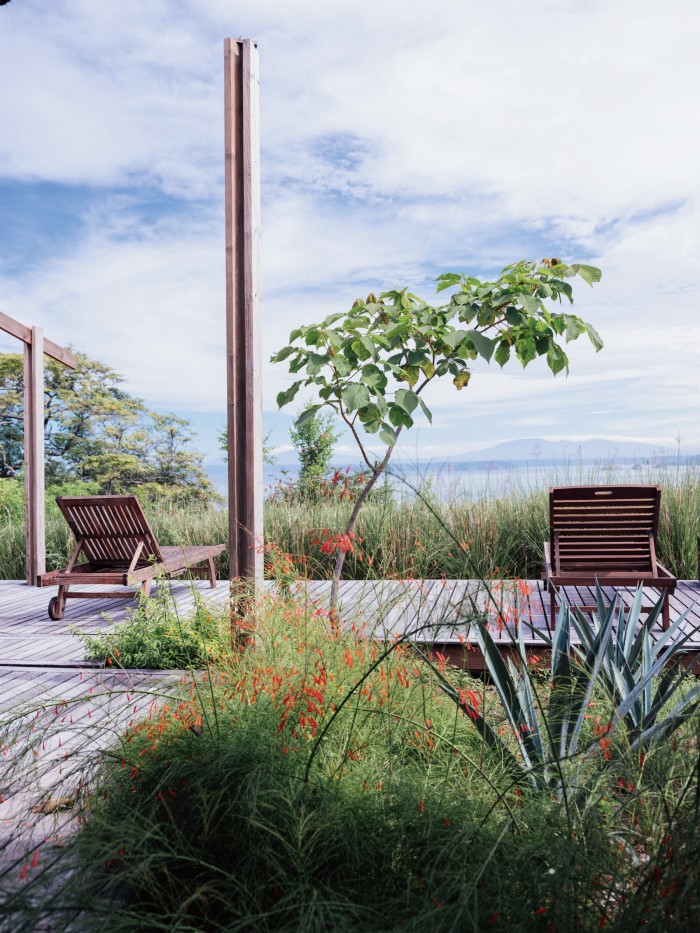
The exquisite naturalness fills me with a keen sense of nostalgia, reminding me how, in the early 1990s, it wasn’t uncommon in Thailand, Indonesia and Africa to encounter tracts of sand with more turtles than beach huts. These days, the wildlife doesn’t have much of a chance given the speed of tourism development. Turtles use moonlight to navigate, a natural process that our appetite for beach villas and underlit infinity pools is muddling to the detriment of the species’ survival. With electric light, the turtles get confused. But here, tourism is wildlife’s friend. Kasiiya’s owner could have just as easily built multimillion-dollar mega-villas. Instead, Rheljari opted for five tented rooms (more will come, with a projected nine by the end of 2020).
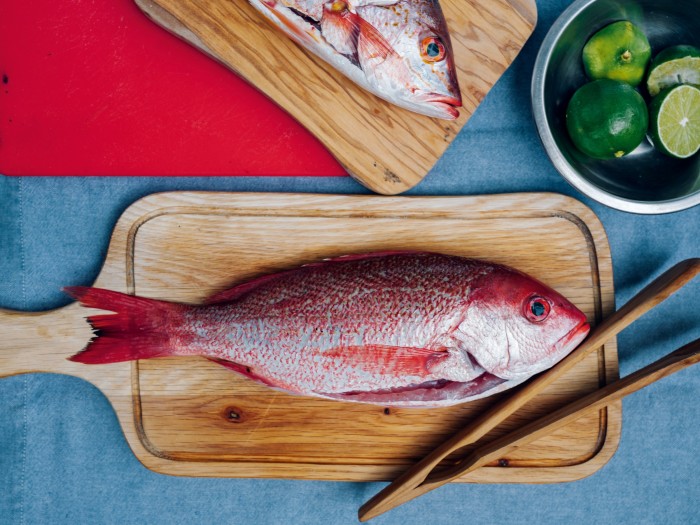
I can see no buildings as I breaststroke through the water. The constructions, made from wood and canvas, are hidden by the forest, their subtlety making me think of African beach camps – those foot-in-the-sand lodges without swimming pools, butlers or spas beyond a massage. There is a link between Kasiiya and the safari tradition: the natural materials, the ecological intelligence, the hammock in the shade. You wake to scuttling crabs and the whirr of a bird’s wings. The sand is raked by tides, not staff. Occasionally, I encounter some ocean plastic – once an insult no travel writer would let sneak into their frame of paradise, now a reality from the Arctic to Australia – but by 8am, this small invasion from the outside world has disappeared. The detritus has been collected by one of Kasiiya’s staff: Bruno, a dancer who teaches meditative movement sessions based on how wild animals stalk and swing through the forest; Manfred, who leads nature walks and acts as the turtles’ guardian; and Doilin, the carpenter who walks the beach with Echo, his stump-tailed dog. They don’t wear name badges and the uniforms come and go.
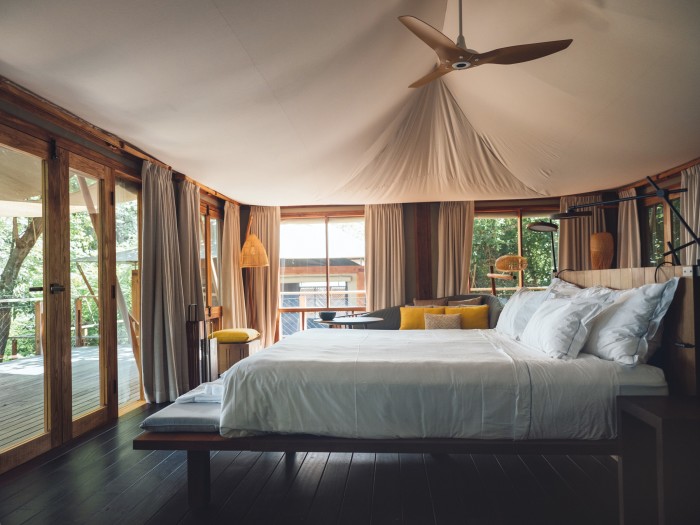
“Kasiiya has got something you can’t buy so easily any more. It’s got a feel,” says Alice Daunt, the London-based travel agent to 100-odd high-profile clients who persuaded me that Kasiiya was worth the journey. “It isn’t claiming to save the earth, but at least it isn’t contributing to its destruction.” In her view, Kasiiya represents a new order, a throwback to a curiously rare simplicity: “Kasiiya’s owner is openly questioning how much we really need, and why.”
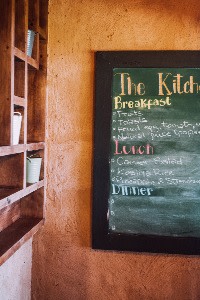
Rheljari’s enthusiasm for Costa Rica – a long way from dusty Libya, where he made his first fortune supplying logistics to the oil and gas industries – is palpable at breakfast in the long, open-sided dining room where we enjoy the shade of the oleander-style roof, which stripes the light, and the views tumbling down to the ocean. A whale appears in the bay and shows its pewter back to the sky. The next day, we see the profile of a hammerhead shark lingering in the blue. Observing all of this is Rheljari, who speaks with an intense enthusiasm; he sits on the edge of his seat, like a child experiencing the country for the first time. Yet his entrepreneurial approach is also measured.
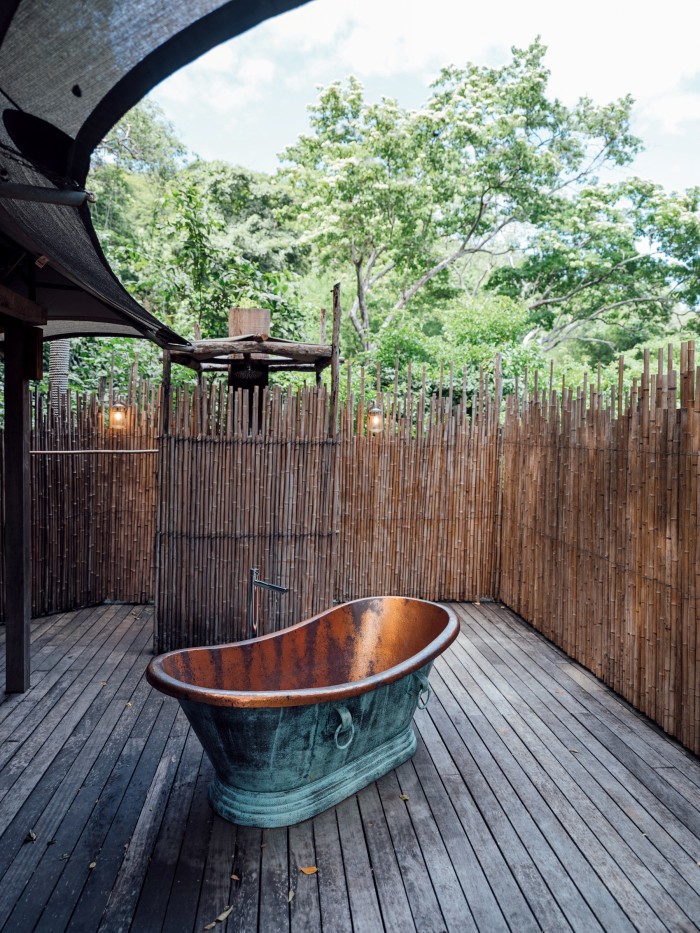
“In a place like this, you have to act slowly,” he says. “I want to see how the dynamics change. To find the balance between wilderness and comfort. Between community and guest exclusivity. I don’t want to keep on adding rooms, or to claim I am enhancing the jungle. I’m just allowing people to experience it as it is. It’s challenging, because to make it work as a business, I have to keep my prices high to keep the room count low. And the speed of life is moving very quickly. Hotels are deemed ‘out of date’, unfashionable, as people move on to the next new thing. That’s why I told my architect not to build a hotel to last, but to build one that could adapt.”
For the design, Rheljari worked with architects Reda Amalou and Stéphanie Ledoux, who also designed The Nam Hai resort in Vietnam (now a Four Seasons). The three rooms on the beach are positioned a mile apart from the two located high on the cape’s crest, overlooking the forest canopy and the resort’s wildly beautiful Portuguese Beach. The interiors are as well thought through as a Chanel jacket: boxy, simple, classic, with just the right texture, trim and lining. They have high-quality wooden floors, simple bedheads with intuitive lighting, a tented swoop of ceiling and walls, hidden air-conditioning and overhead fans. There are outdoor showers and copper tubs. There are composting loos that show no discernible difference to the usual expectations in a high-end hotel. It’s as if the value systems have been recalibrated somehow.
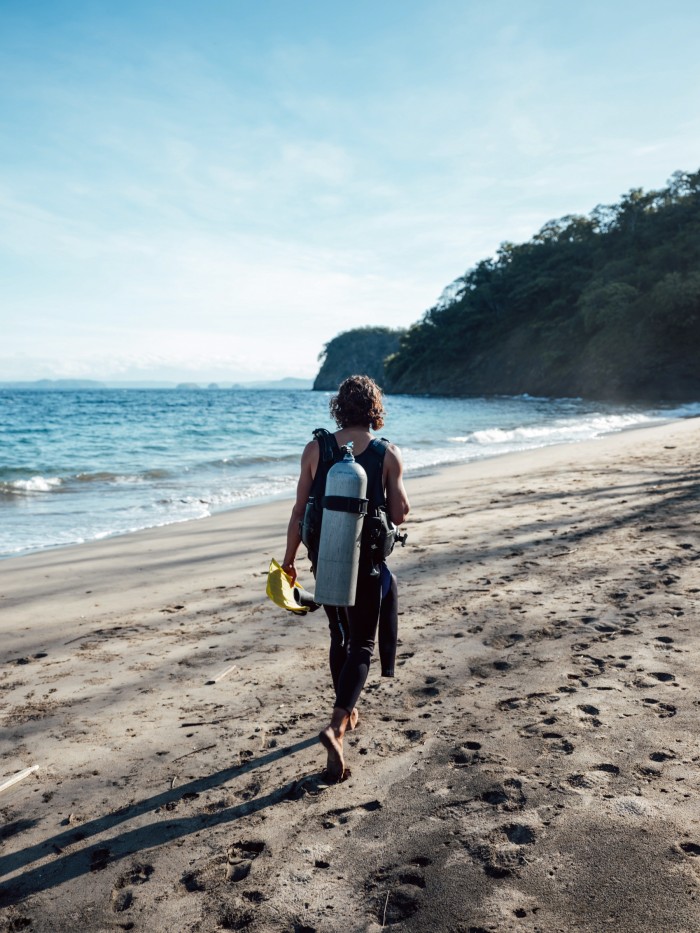
What is there to do? Lots, and very little. One of the guests I meet becomes obsessed with freediving. He takes lessons from a Russian journalist-turned-competitive diver who works with Kasiiya’s clients. “You go into a different space, in lovely warm water. It’s almost a state of grace,” says the convert. I swim, sleep, read and explore the forest on walks. I visit Yamuna Jivana Juan Carlos Fonseca Schmidt – Kasiiya’s improbably named Reiki healer of German, Chinese and indigenous Costa Rican descent. I find him on the far side of a swing bridge, in a stilted tent beneath a waterfall. Yamuna is a wild card. He mixes Ayurvedic treatments with chakra healing, aura therapy, aromatherapy, meditation and Reiki, using oils derived from forest plants, including cocoa and citronella. At one point, when I think Yamuna is doing the massage, I discover his colleague, a female therapist, has taken over. Yamuna (who treats Brad Pitt, among others, on trips to LA) describes it as working with magnets: the positives and negatives repel and attract each other. If the client seems to resist Yamuna’s healing, his female colleague starts the treatment. He explains how they work together, sometimes with four hands, sometimes two. I’m soon convinced, despite my character being about as far removed from spiritual healing as concrete from water. I like the way Yamuna can talk about anteaters and insects, like a first-class naturalist, but can also tell me things I don’t know about myself. “Some people are open to what I do, but not everyone,” he says. “Sometimes people need it, and sometimes not.”
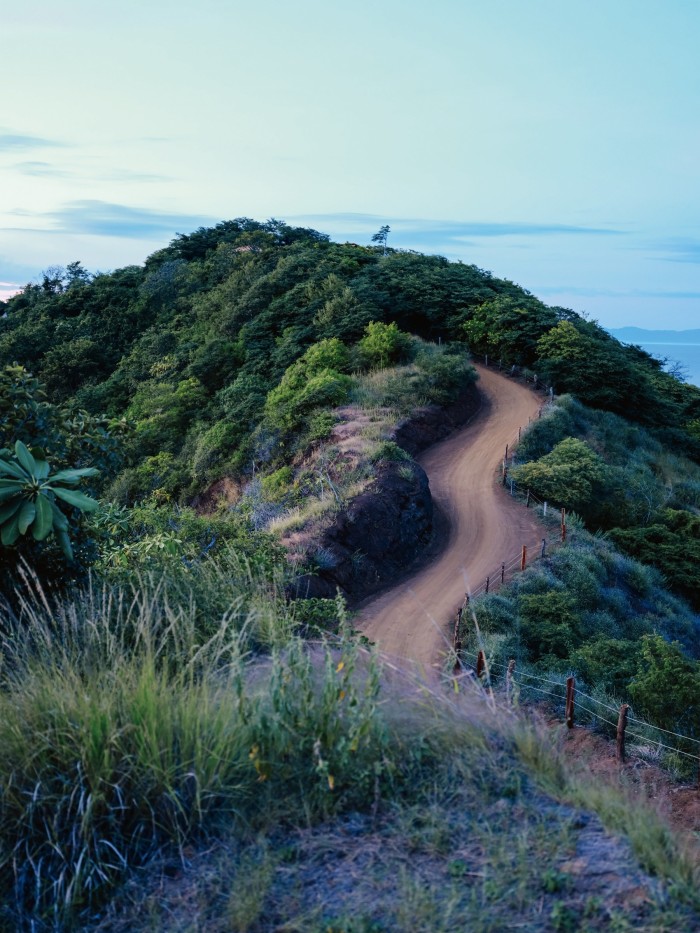
The whole place has a spirit that belongs to forests we haven’t messed with: the bewitching light and dark and bursts of life, be it butterflies or trogons. Sure, the food is limited – more surf camp than gastronomy – but it’s wholesome and honest: rice and fish, black beans and avocado, smoothies and gazpachos. Sometimes the service is sleepy. Sometimes it disappears completely. I don’t care. There is a deep, healing quality to Kasiiya. Instead of counting how many lengths of the bay I’ve swum, I find myself adapting to time and space in a different way. It feels engulfing, pure and true, putting me back into a natural state that freedivers, shamans and turtles seem to share – a world still lived to the rhythms of moons and tides.
Sophy Roberts travelled as a guest of Daunt Travel (daunt-travel.com) and Kasiiya Papagayo (kasiiya.com). A seven-night stay costs from $5,696, including return road transfers from Liberia and all meals.
Comments